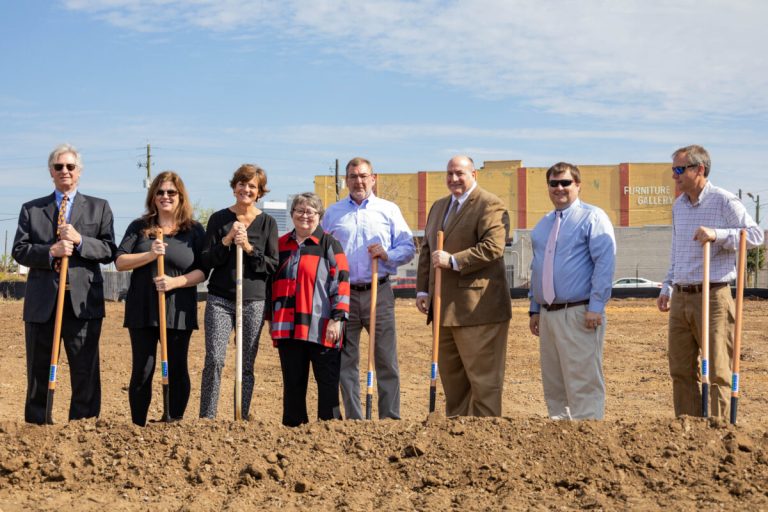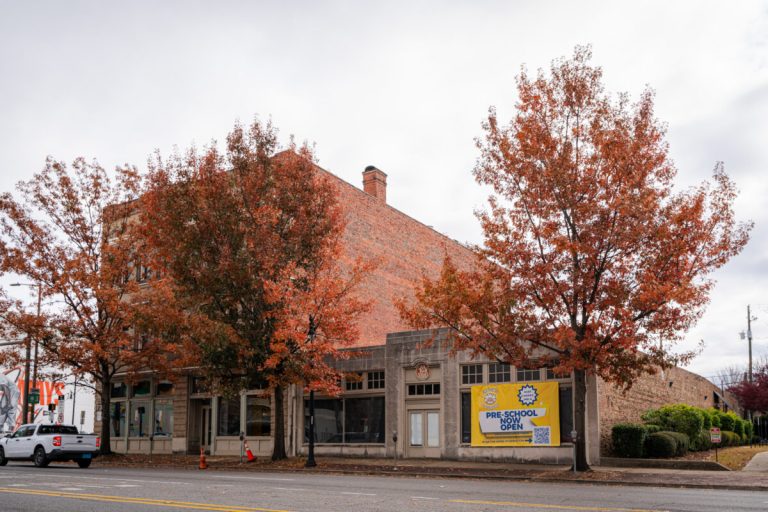Ever wondered what to do when you encounter injured wildlife? We’ve got answers
Reading time: 5 minutes

As we head into summer, Alabama wildlife is out and about. But it can be tricky to know what to do when you find an injured animal and how you can help them the best. We spoke with the Alabama Wildlife Center to get the scoop on what to do.
What’s the best course of action?

It can be very tricky to know what to do when you encounter an injured wild animal. It can often depend on the creature, and in many cases, it can be best to leave the animal alone and let nature do its thing (even when it might break your heart).
Now is the time baby birds can be found scattered along the ground after falling out of nests. They look so cute and helpless that it is hard to not step in to help.
We spoke to Doug Adair of the Alabama Wildlife Center about what to do when you see one.
“The first thing that we try to do is reunite the baby bird with its parents, because no one can take care of them as well as mom and dad.
Unfortunately, this time of year in the natural fledgling process of baby birds, they fall out of nests and people think they need to intervene. However, it’s actually just part of their natural growth process. So when we get what we call ‘kidnapped birds’ without any health concerns, we try to reunite them with their parents.”
Doug Adair, director, Alabama Wildlife Center
When to leave it alone

If you’ve ever encountered a possum, you probably already know how difficult it is to tell if it’s dead, playing dead, or seriously hurt. With many animals, it can be hard to tell when the creature needs your assistance or when it’s best to leave it alone.
Here are the cases in which you should leave the animal alone, according to Outdoor Alabama‘s wildlife guidelines:
- During bad weather
- If the parent isn’t coming back
- If you’ve touched the animal
- If you think it might die
During all of these situations and more, nature will take its course. It’s often what’s best for the greater ecosystem. As sad as it is to see a wild animal die, it’s usually the best thing for them. Most species have a high death rate in the wild, as a way of regulating populations.
When to bring it in

If the animal does need serious help, you should bring them to a wildlife rehabilitation center (more on those below). Adair explained what his center, the Alabama Wildlife Center, does to help get birds back into the wild safely.
“If the bird is injured or there is a predator risk or a situation where they can’t be reunited with their parents, we take them into our clinic. We provide necessary medical care, feeding and housing.
We have a very small professional staff, but we have many wonderful volunteers that are trained to administer that care, along with volunteer veterinarians. The Alabama Wildlife Center moves the bird through rehab progression to the point where they can go back into the wild.
Our goal is to keep them the for the shortest amount of time possible to make sure that they are healthy and capable of surviving in the wild. We release them here in this beautiful area of Oak Mountain State Park where the Wildlife Center is located.”
Doug Adair, director, Alabama Wildlife Center
If you want to help out other species, learn how to help protect local deer populations.
Where to take it

Thankfully, there are several places to take an injured animal that you find in the wild.
- Animal Wildlife Center (for birds)
- Certified wildlife rehabbers (for other kinds of wildlife)
While Birmingham has a lot of great nature centers like Ruffner Mountain, they cannot accept injured wildlife for treatment. If you have questions about whether an animal needs rehabilitation, you can contact Outdoor Alabama to learn more about the steps to take in the situation.
To leave you on a fun note, here’s a little myth-busting Adair did for us about baby birds:
“It’s an old myth that a wild bird will not accept a baby back into the nest if the baby has been handled by people. It was probably designed to keep kids from playing with wild baby birds.”
Doug Adair, director, Alabama Wildlife Center



